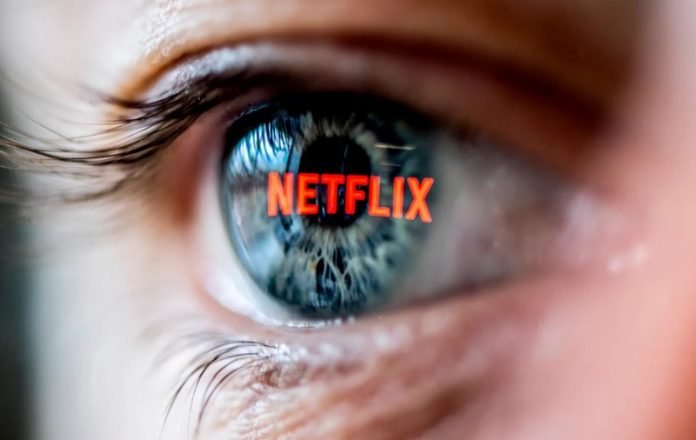
For the first time in a decade, Netflix announced that it lost more subscribers than it signed up, a decline that officials partly attributed to increased competition and password-sharing among households.
As a result, the streaming company has said it may consider experimenting with ads and cracking down on the millions of people who use accounts shared by friends or family.
And it is indeed millions of people—a less charitable description might be “freeloaders”—who are using someone else’s password to access the service.
Even with the loss, Netflix has the largest subscriber base of all streaming services, with 221.64 million subscribers, the New York Times reports.
The company estimates that an additional 100 million people are streaming for free, with passwords borrowed from paying users.
In an attempt to recoup some of these lost subscriptions, Netflix is testing programs in Latin America that would nudge people to sign up. But such solutions may backfire.
“Our research found that 79% of those who currently use someone else’s password would not get their own subscriptions if Netflix outright banned account sharing,” says Ben Treanor, a digital public relations strategist at Time2Play, a gaming site that recently conducted a survey of so-called “streaming swindlers” in the U.S.
The organization surveyed 1,523 Americans who use online streaming services, and found large percentages of self-reported swindlers in all 50 states.
According to their data, Ohio has the highest percentage of people using borrowed passwords, at 59%, and Utah has the lowest percentage, at 23%.
If Netflix were to start charging for additional users, Treanor says it could push people away from the platform altogether.
“The consensus these days is Netflix has a content problem,” he says. “While they have the occasional hit, they haven’t been able to consistently produce content that gets the same acclaim as HBO Max or Disney+.
And these other services have given no indication they’ll begin charging extra for sharing a subscription.”
Still, there may be a middle ground between the company’s unspoken look-the-other-way policy on password-sharing and charging each person individually.
“There will always be tech-savvy users who know how to beat the system,” Treanor says. “So Netflix will never be able to stop unauthorized sharing completely.
But what they can do is make things more difficult for those who value convenience over price. Even if they’re able to stop half of those who share accounts, it could be a win for them.”
Netflix is looking for revenue streams beyond capturing content pirates, as well. Reed Hastings, co-chief executive of the company, signaled this week that he may be open to running ads on Netflix, an about-face from his staunch no-advertisements stance.
Showing ads during shows and movies is a double-edged sword for Netflix, says Yakov Bart, associate professor of marketing at Northeastern, who studies digital marketing and social media.
On the one side, the shift would open up a new revenue stream for Netflix, and enable it to offer a lower-price, ad-supported subscription option for people who are interested in the platform but turned off by the price.
On the other, it would require Netflix to compete with other streaming services based on the quality of its content—a competition that Netflix may lose, if Treanor’s assessment is right.
It’s not all bad news, though, says Bart, who is also the Joseph G. Riesman Research Professor in the D’Amore-McKim School of Business.
“For people who’ve never experienced Netflix, the first major obstacle is the price,” he says.
“If Netflix believes people will get on the platform at a cheaper price-tier with ads and like what they see, [the new customers] might then upgrade to the ad-free version at a higher price.
“The danger,” Bart continues, “is if people find that the ads are excessive, they could go the other way and just abandon Netflix for good.”
This is the delicate balancing act Netflix must achieve to successfully deploy ads on its platform: Make the experience annoying enough that people are motivated to pay more for ad-free viewing—a far more profitable option than the ad-supported subscription model, Bart says—but not so annoying as to push people away for good.
“After all, do consumers really care about the brand, about Netflix? Or do they care about what they can consume, the shows and movies they like?” Bart asks.
Written by Molly Callahan.



